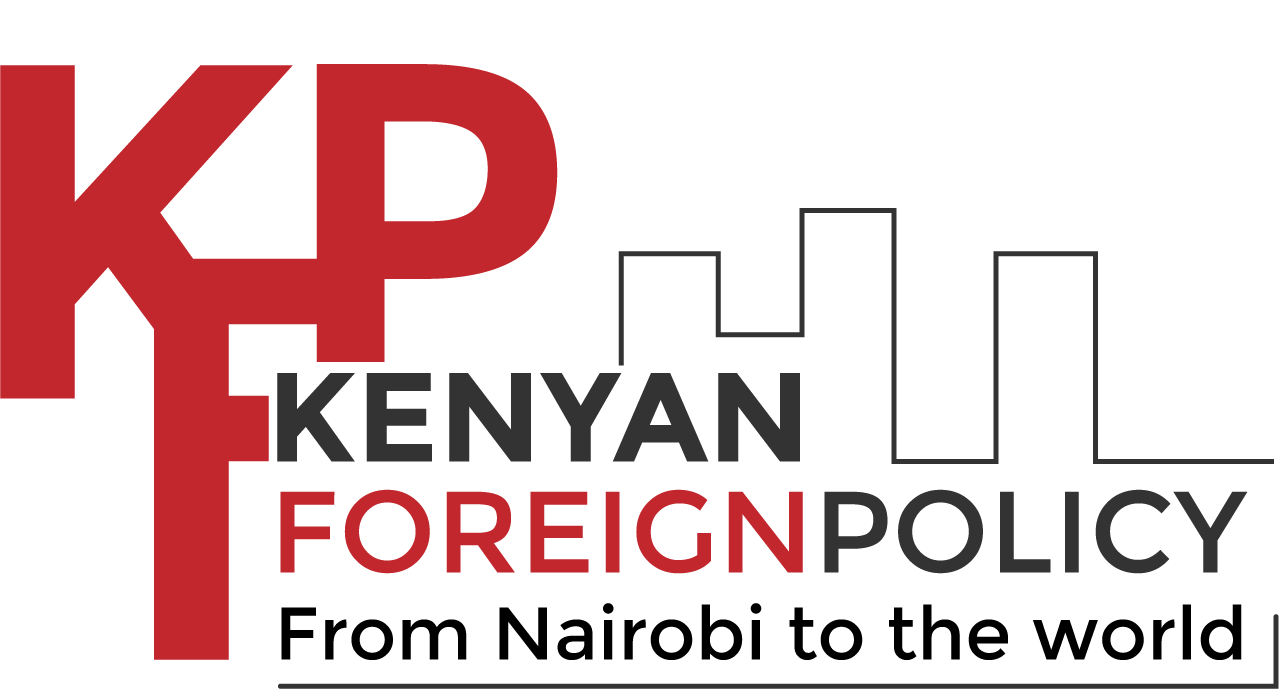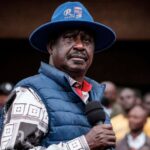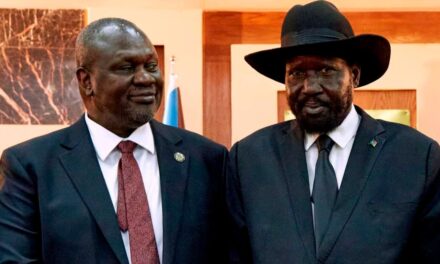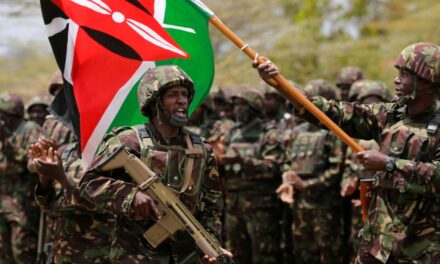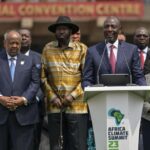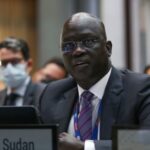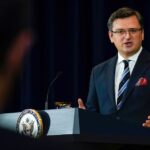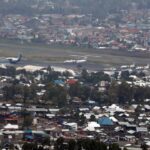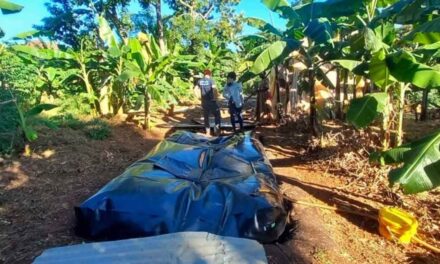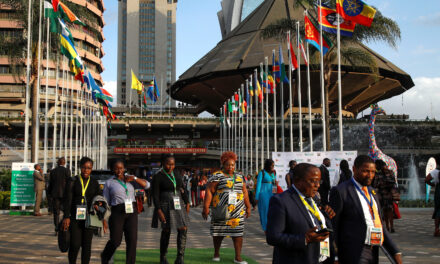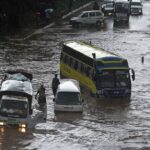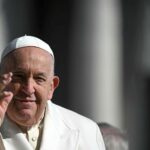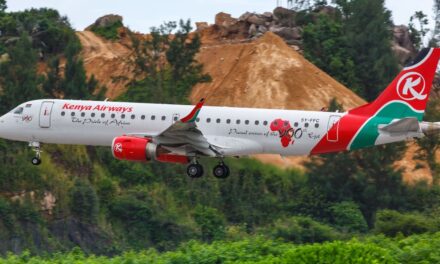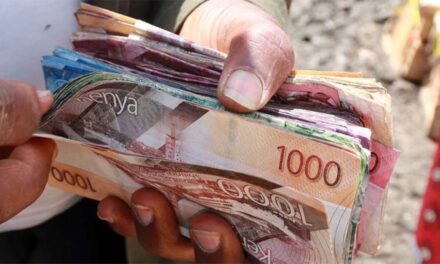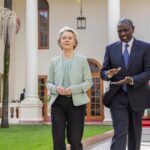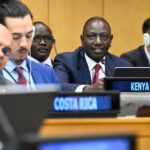
President Ruto’s Sudanese Diplomatic Fiasco
Posted by James Kinyua | Mar 27, 2024 | MEDIATION QUAGMIRE, MUST READ


How a Good Idea Went South
In June last year, the Intergovernmental Authority on Development (IGAD) created a quartet of countries- Kenya, Djibouti, South Sudan, and Ethiopia- to play peacemakers in Sudan.
The mission? Drag the warring Sudanese factions to the negotiating table and hatch a ceasefire.
The goal, Ruto as the leader explained, was to save lives of innocent civilians and shield infrastructure developed with hard-earned Sudanese cash.
Ruto, together with Djibouti’s leader and chair of IGAD, Ismail Guelleh, South Sudanese President Salva Kiir, and Abiy Ahmed of Ethiopia were tasked to broker peace talks and end the war in Sudan.
The Quartet Group of Countries held their first meeting in Addis Ababa, Ethiopia on 10th July 2023 to discuss in depth the implementation of the IGAD roadmap for peace in Sudan.
This inaugural sitting chaired by the Kenyan leader turned into a political food fight.
It failed to lure the Sudanese parties into a tete-a-tete, and the absence of Djibouti’s head honcho Ismail Guelleh and his South Sudanese colleague added a dash of awkwardness.
Only Ruto and Abiy Ahmed showed up.
To make matters worse, the Sudanese military squad gave the event a wide berth, labeling Ruto as a not-so-neutral mediator.
Despite Sudan’s beef, IGAD insisted on the Kenya-led mediation, sparking a diplomatic spat.
In return, Nairobi flicked away the objections, pledging allegiance to regional and international decisions.
The diplomatic hiccups, coupled with murmurs from Juba, caught Ruto’s rookie administration with its pants down.
Behind closed doors, Ruto was slapped with accusations of pushing his South Sudanese counterpart, Salva Kiir aside.
Juba’s top diplomat James Pitia Morgan hinted in November last year that his country was ready to mediate Sudan’s chaos, but only if IGAD gave the nod.
Addressing the fourth estate in Juba, Morgan at the time said President Kiir is capable of mediating the talks as he has been a member of the Sudanese Armed Forces, as well as the first vice president of Sudan, and that the Sudanese people know him as one of their leaders before the secession of South Sudan.
“It was South Sudan that was able to solve the issue of Darfur through the Juba Peace Agreement which was mediated by President Kiir himself. So, what is the difference between the ongoing crisis in Sudan and the one in Darfur?” asked the foreign minister
He added; “If President Kiir was able to solve that issue of Darfur, he still stands as the right person to solve the ongoing crisis in Sudan”.
The rhetoric was a pointed dig at Kenya according to foreign policy pundits.
Recently, when IGAD pulled the plug on Ruto’s mediation show at Khartoum’s request, it was South Sudan’s foreign minister who grabbed the mic first, announcing that IGAD had benched the quartet and tossed the peace mediation hot potato back to the regional bloc and the African Union.
The regional clique fumbled the explicit communication about Ruto’s mediation axing, perhaps to save face for the Kenyan leader.
Nairobi responded with vague statements, and Ruto’s PR squad kept their boss’s social media channels on mute.
Quizzed about IGAD giving the quartet the boot, Kenyan Foreign PS Korir Sing’oei said “the IGAD quartet, having submitted its report, has discharged its mandate, and the assembly adopted the report whose basis formed several recommendations at the extraordinary summit”.
In early November 2023, President Ruto and Sudanese military bigwig Abdel Fattah al-Burhan had a meeting in Nairobi, their first tango since the Sudanese circus began.
Behind-the-scenes whispers suggested that the confab and a follow-up visit by Ruto’s spy agency chief Nordin Haji to Riyadh bearing a special message to Crown Prince and Prime Minister Mohammed bin Salman were all about the Sudanese conundrum.
In early January, Nairobi unfurled a scarlet red mat, embracing the ex-Janjaweed leader Hamdan Dagalo at the Jomo Kenyatta International Airport (JKIA) Presidential pavilion, complete with a troupe of Maasai dancers and cameras.
This VVIP treatment, way fancier than what Sudanese military leader Al-Burhan got, did stir up some diplomatic drama from Khartoum.
The military leadership in Sudan recalled their ambassador in Nairobi over this reception granted to Dagalo.
The botched Sudan mediation by Ruto has refreshed memories of a similar process which succeeded under the late President Daniel Moi through chief mediator General rtd Lazarus Sumbeiywo, assisted by then foreign minister Kalonzo Musyoka, in a process that culminated with the signing of the comprehensive peace agreement in January 2005 in Naivasha signed by the Government of Sudan and the Sudan’s People’s Liberation Movement (SPLM).
The Naivasha agreement effectively ended over two decades of conflict and marked a major breakthrough that ended with birth of South Sudan in 2011.
Nairobi has since laid low on the Sudanese crisis but President William Ruto has met the former Sudanese Prime Minister Abdalla Hamdok.
Your support empowers us to deliver quality global journalism. Whether big or small, every contribution is valuable to our mission and readers.
